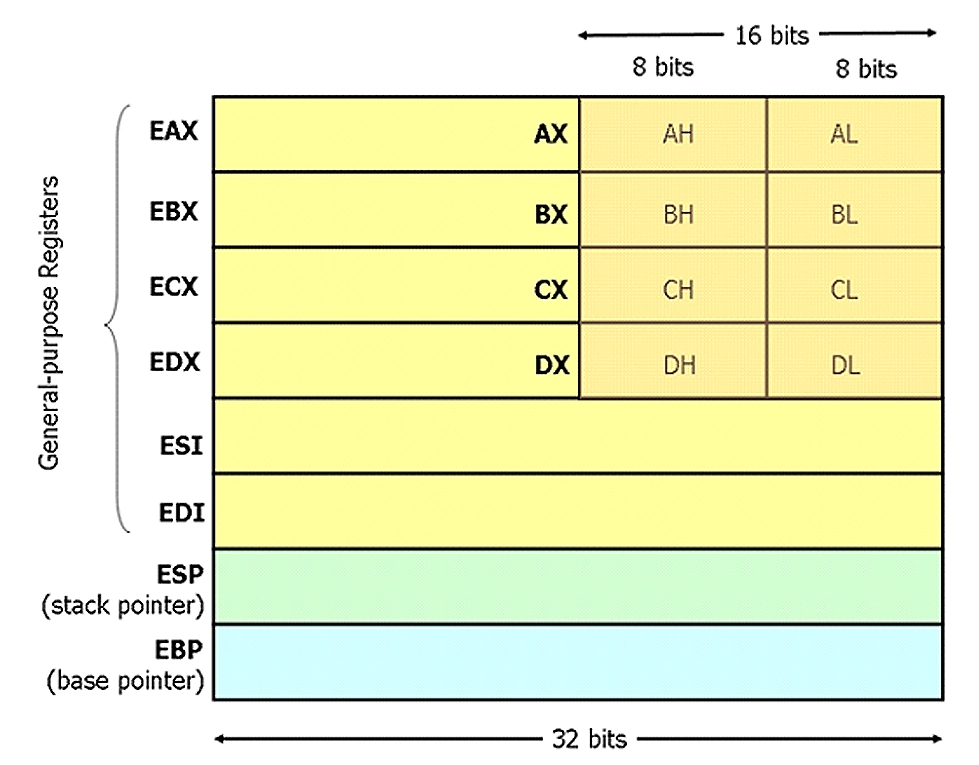Understanding Buffer Overflow: Protecting Systems from Vulnerabilities

- April 19, 2024
- Web Application
- Tarak Sakhardande
Buffer overflow is one of the most persistent and dangerous security threats in computing. It can allow attackers to gain unauthorized access, execute malicious code, or destabilize entire systems. At its core, a buffer overflow happens when a program or process attempts to store more data than its allocated buffer can handle. The excess data “spills over” into adjacent memory locations, potentially overwriting critical instructions and enabling code execution.
In this blog, we will explore what buffer overflow is, why it occurs, its impact, common attack techniques, and the best practices you can use to protect your systems.
What Is Buffer Overflow And Why Does It Occur?
A buffer overflow occurs when data is written outside the allocated memory boundaries of a buffer. Buffers are temporary storage areas used by programs to hold data before processing. When unmanaged or unchecked, these buffers can overflow, resulting in unintended behavior.
A deep understanding of computer architecture—particularly x86—is critical to grasping how buffer overflows operate.
The Role Of x86 Architecture
The x86 architecture, introduced by Intel in 1978 and widely adopted across personal computing, plays a central role in how buffer overflow exploits are executed.
Key aspects of x86 architecture include:
CISC Design: A complex instruction set that allows powerful, multi-step operations.
32-bit and 64-bit Evolution: Transitioning from 16-bit processors (8086) to 32-bit (80386) and eventually to 64-bit (AMD64/Intel 64) with expanded memory capabilities.
Backward Compatibility: Supporting older code across newer hardware generations.
Adoption and Reach: Dominant in PCs, servers, and workstations.
Extensions and Enhancements: Including MMX, SSE, and AVX for multimedia, cryptography, and high-performance workloads.
Virtualization and Security Features: With modern processors supporting hardware-based virtualization and protections like Execute Disable (XD) bit.
This architecture’s complexity, longevity, and flexibility are what make it powerful—but also what attackers exploit in buffer overflow scenarios.
Registers Are Key in Buffer Overflow Attacks
Registers are small, high-speed storage locations inside the processor. Among them, the Instruction Pointer Register (EIP) is especially important in buffer overflow attacks. The EIP holds the address of the next instruction to execute. By manipulating the EIP, attackers can redirect execution toward malicious code (shellcode), effectively hijacking the program.

Instruction Pointer Register (EIP) manipulation can be instrumental to buffer overflow attacks since it holds the memory address of the next instruction to be executed. By manipulating EIP with buffer overflow attacks, an attacker can redirect program execution towards malicious shellcode.
Consequences of Buffer Overflow Vulnerabilities
The impact of buffer overflow vulnerabilities can be severe:
Unauthorized Access: Allowing attackers to gain privileged system rights.
Data Breaches: Exposing confidential or sensitive information.
System Crashes: Causing denial of service or downtime.
Arbitrary Code Execution: Launching malware or backdoors.
The stakes are particularly high for institutions like financial organizations or government agencies. But individuals are also at risk, facing threats such as identity theft, financial loss, or malware infections.
Common Buffer Overflow Attack Techniques
Protecting systems requires both secure coding and layered defenses. Some best practices include:
Validate and Sanitize Input: Always check user input and enforce size limits.
Choose Secure Languages: Favor languages with built-in memory protection.
Regular Code Reviews and Testing: Use both static and dynamic analysis tools.
Enable ASLR: Randomize memory layout to hinder attacker predictions.
Use Stack Canaries: Detect stack corruption by checking integrity markers.
Best Practices For Defense
Security professionals rely on a variety of tools to uncover and mitigate risks:
Static Analysis Tools: Tools like Coverity and Fortify scan source code for flaws.
Fuzz Testing: Tools such as AFL and Peach Fuzzer stress-test applications with random inputs.
Address Sanitizers: Provide runtime checks for memory safety during development.
Intrusion Detection Systems (IDS): Monitor system activity for real-time signs of exploitation.
Best Practices for Protecting Buffer Overflow Attacks
Adherence to secure coding practices is vital to prevent buffer overflow attacks. Adopting these best practices will significantly lower the risk of buffer overflow vulnerabilities:
- Bounds Checking: Make sure that your code uses bounds checking when copying data into buffers, using functions like strlcpy or strncpy_s that let you specify buffer sizes.
- Avoid unsafe string functions: Be wary of unsafe string functions like gets or sprintf that do not perform bounds checking and could put sensitive data at risk.
- Maintain Updated Libraries and Frameworks: Make regular upgrades of libraries and frameworks to take advantage of security patches and bug fixes that address buffer overflow vulnerabilities.
- Utilize compiler security features: To quickly detect buffer overflow attacks and mitigate them quickly, set up your compiler with security features like stack protection to detect attempts of buffer overflow more rapidly and mitigate them quickly.
Tools and Techniques for Assessing Buffer Overflow Vulnerabilities
There are various tools and techniques available that can help detect and address buffer overflow vulnerabilities, including:
- Static Analysis Tools: Static analysis tools allow users to review source code without running it and are efficient ways to detect buffer overflow vulnerabilities. Popular tools in this space include Coverity and Fortify.
- Fuzz Testing: Fuzz testing involves injecting unexpected or random input into programs to identify vulnerabilities such as buffer overflow. Tools like American Fuzzy Lop (AFL) and Peach Fuzzer are helpful tools in this process.
- Address Sanitizers: Address sanitisers are compiler features designed to detect buffer overflows and memory-related bugs during compilation. They offer runtime checks for potential buffer overflow vulnerabilities. Address sanitisers may be enabled while compiling or when performing runtime vulnerability scans. You can enable address sanitisers when performing these vulnerability checks at runtime.
- Intrusion Detection Systems (IDS): IDS are invaluable tools for real-time detection of buffer overflow attacks on networks or system logs. They monitor these networks closely for suspicious activity and immediately notify authorities should any be identified.
TL;DR
Buffer overflow vulnerabilities are among the oldest and most dangerous security flaws, but they remain relevant today. To reduce risk, organizations and developers must adopt secure coding practices, apply rigorous testing, keep software up to date, and deploy modern security mechanisms.
Avoiding buffer overflow attacks requires proactive security management, thoughtful software design, and vigilance against evolving threats.
At Redfox Cybersecurity, we specialize in identifying vulnerabilities and helping organizations strengthen their security posture. If you want to safeguard your systems from buffer overflow or other critical threats, reach out to us for expert guidance and testing. Join us on our journey of growth and development by signing up for our comprehensive courses.

